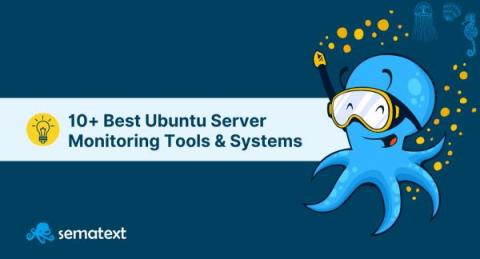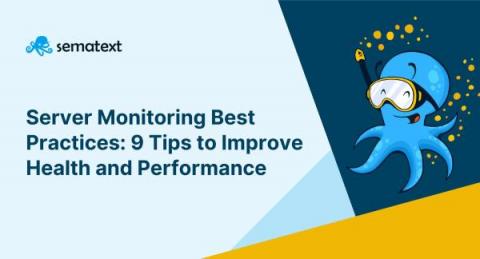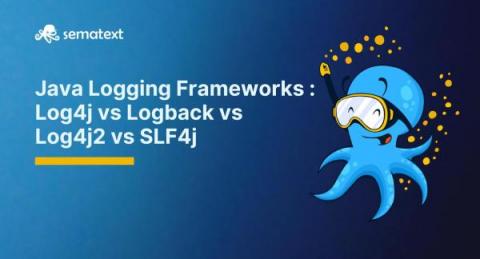Avoid common mistakes when assigning Elasticsearch Mappings in your cluster
Elasticsearch is a search and analytics engine that allows for complex searches on large datasets of different types and formats. Elasticsearch mappings are the blueprints that define how data is indexed and searched to support these data-related features. Understanding how Elasticsearch mappings work is essential to an effective Elasticsearch deployment. In this article, we’ll explore the key concepts of Elasticsearch mappings and common Elasticsearch mapping pitfalls to avoid.











